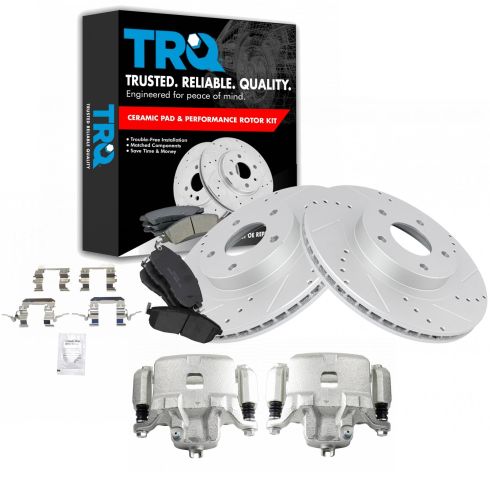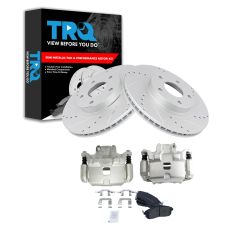1APBS02820-Nissan Altima Maxima Infiniti I35 Front Ceramic Performance Brake Pad & Rotor Kit with Calipers TRQ Performance BKA19271

Replaces
2004 Nissan Altima Front Ceramic Performance Brake Pad & Rotor Kit with Calipers TRQ Performance BKA19271

Product Reviews
Loading reviews
There are no reviews for this item.
Customer Q&A
No questions have been asked about this item.
Nissan is a registered trademark of Nissan Motor Co., Ltd. 1A Auto is not affiliated with or sponsored by Nissan or Nissan Motor Co., Ltd.
See all trademarks.
















